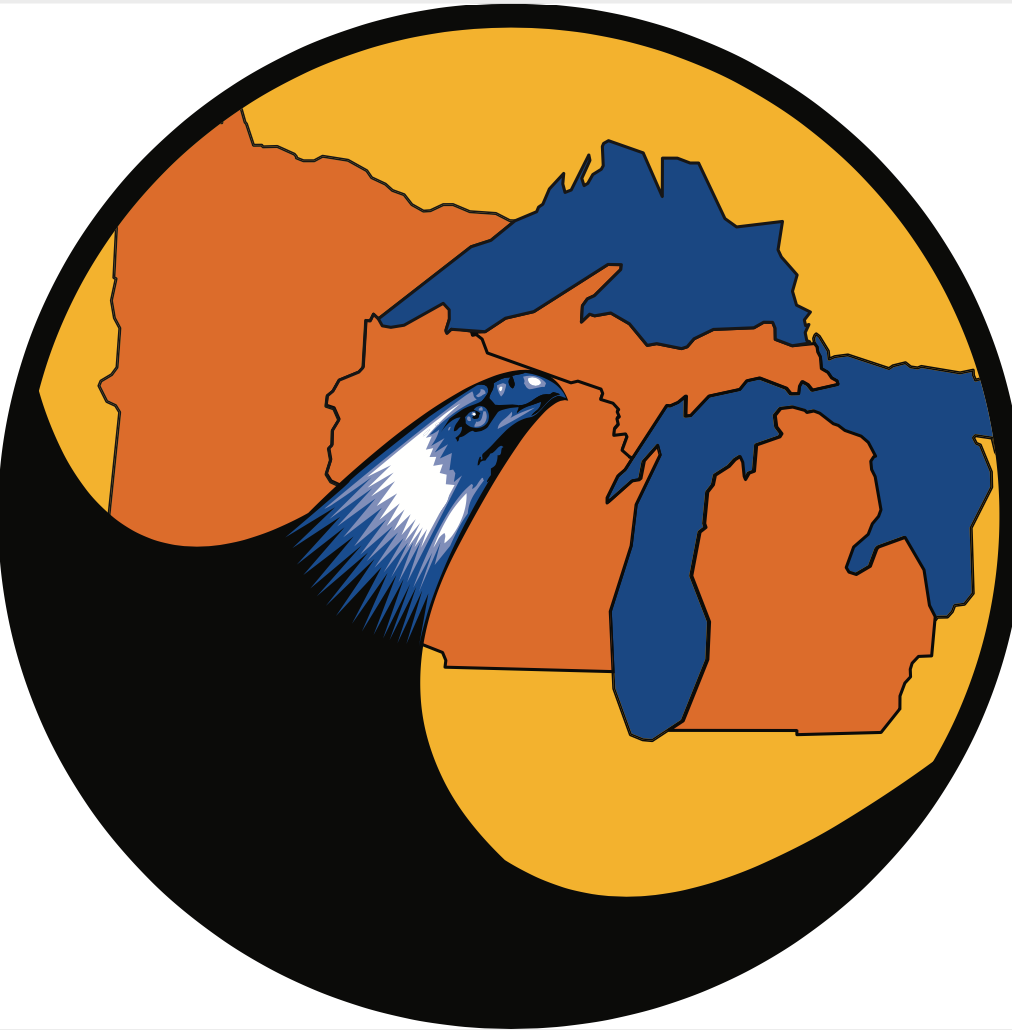How Do Vaccines in Indian Country Align with Native Values?
Vaccines are safe, effective and one of the easiest ways to protect your community from preventable diseases.
Native Parents and Vaccines
I’m terrified of needles - so you can imagine how difficult it is for me to see my children receive their immunization vaccinations. To add to that anxiety, it doesn't help that I'm uncertain about the safety of vaccines in general.
I’m an Indigenous producer at Twin Cities PBS and a mother to three children. I produce local content in partnership with non-profits on a variety of topics, but the projects I am most passionate about tend to be ones that highlight Indigenous voices and perspectives.
However, when Great Lakes Inter-Tribal Epidemiology Center (GLITEC) proposed producing content on vaccines in Indian country, I hesitated. I didn’t know whether that hesitation stemmed from my doubts about the safety of vaccinations or from my fear of needles! Either way, I felt conflicted.
I needed to know where these feelings of conflict were coming from. During my research, I found a wealth of information linking lack of trust in the healthcare system to historical trauma and healthcare inequities that affect Blacks, Latinx and Native populations. This important link is actually what inspired the first video in this series entitled, Native Parents & Vaccines.
Protecting Our Loved Ones
As I committed to working with GLITEC, I made sure to ask further questions such as: Can a vaccine give someone the disease it's supposed to prevent? Are there ever serious side effects? Do immunization vaccines cause autism?
GLITEC informed me about numerous studies finding no link between vaccines and autism. In fact, the study that proposed a possible link between autism and the measles, mumps, and rubella vaccine was refuted in 2004, and the doctor who published it lost his medical license. One study likely created a substantial amount of uncertainty.
Some of the most basic information about how vaccines work is often overshadowed by misinformation. The following video animation by Ojibwe artist Jonathan Thunder illustrates an inside look into how vaccines work within the body.
Herd Immunity and Native Values
Receiving vaccines can also protect an entire community, a phenomenon also known as "herd immunity," which occurs when a high percentage of the population (the herd) is immune to a disease. This usually happens through the deployment of vaccinations, making the spread of disease from person to person unlikely. As a result, the whole community becomes protected - not just those who are immune, but also those who are immunocompromised.
Check out the following video, Herd Immunity & Native Values, to see how herd immunity aligns with common Native values of protecting the community, especially those who may be vulnerable.
An Elder’s Polio Story
When Indigenous people speak of Seven Generations, they are most often referring to the concept that decisions we make today will affect seven generations into the future. Therefore, we should live our lives for the benefit of those yet to come.
Jacque Wilson is an Ojibwe Elder from the Bois Forte Ojibwe Community. She shares her experiences of contracting the Polio virus at a time when vaccinations weren’t easily available. She now encourages others within the community to receive vaccinations to combat diseases that are likely preventable.
This project has definitely brought me closer to understanding that vaccines are safe, effective and one of the easiest ways to protect my community from preventable diseases. I hope this series helps to combat misinformation, promote community protectiveness and provides an alternative perspective on the topic of vaccinations.
Leya Hale is from the Sisseton Wahpeton Dakota and Diné Nations. She makes her home in Saint Paul with her companion and three children. She is a multiple award-winning producer for Twin Cities PBS.
Jonathan Thunder, a member of the Red Lake Nation, is a multidisciplinary artist who works in canvas painting, animation, film-making, and 3D projection mapping.
Special Thanks: Donavan Begay, Division of Indian Work, Fond Du Lac-Min No Aya Win Clinic, Indian Health Board, Dr. Robert M. Jacobson, Jackie McDonnell, Minnesota Chippewa Tribe-Urban Office, Meghan Porter, Roy Taylor
Additional Media: National Archives and Records Administration, Prelinger Archives
Production Team: Fatima Abdulahi, Jon Camp, Julie Censullo, Carrie J. Clark, Cassandra Fenelon, Alyssa Fuller, Terry Gray, Leya Hale, Brad Keely, Eric Pagel, Michael Phillips, Jonathan Thunder, Jon Van Amber
This story was created in collaboration with Great Lakes Inter-Tribal Council, Inc. and Great Lakes Inter-Tribal Epidemiology Center through funding provided by a cooperative agreement from the Indian Health Service.


